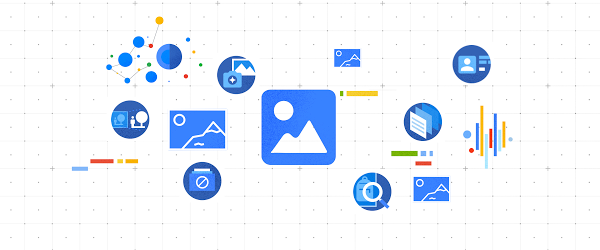When I was in college and couldn’t make it home for the Thanksgiving holiday, I would get together with other students in the same situation and do the next best thing: cook a traditional Thanksgiving feast of roast turkey, mashed potatoes and gravy, stuffing, and green beans by ourselves. In a dorm room. Using the kitchen equipment we had available: a toaster oven and a popcorn popper.
The resulting dinner wasn’t terrible, but it didn’t hold a candle to the meal my family was enjoying back home, made with the benefit of an oven, high-BTU range, food processor, standing mixer–you get the idea.
Software development teams are sometimes in a similar situation. They need to build something new and have a few tools, so they build their application using what they have. Like our dorm-room Thanksgiving dinner, this can work, but it is probably not a good experience and may not get the best result.
Today, with cloud computing, software development teams have a lot more resources available to them. But sometimes teams move to the cloud but keep using the same old tools, just on a larger scale. That’s like moving from a toaster oven to a wall of large ovens, but not looking into how things like convection or microwave ovens, broilers, sous-vide cooking, instant pots, griddles, breadmakers, or woks can help you make a meal.
In short, if you’re an application developer and you’ve moved to the cloud, you should really explore all the new kinds of tools you can use to run your code, beyond configuring and managing virtual machines.
Like the number of side dishes on my parents’ holiday table, the number of Google Cloud Platform products you might use can be overwhelming. Here are a few you might want to look at first:
-
App Engine Standard Environment is a serverless platform for web applications. You bring your own application code and let the platform handle the web server itself, along with scaling and monitoring. It can even scale to zero, so if there are idle periods without traffic, you won’t be paying for computer time you aren’t using.
-
Some of the code you need might not be an application, but just a handler to deal with events as they happen, such as new data arriving or some operation being ready to start. Cloud Functions is another serverless platform that runs code written in supported languages in response to many kinds of events. Cloud Run can do similar tasks for you, with fewer restrictions on what languages and binaries you can run, but requiring a bit more management on your part.
-
Do you need regular housekeeping tasks performed, such as generating daily reports or deleting stale data? Instead of running a virtual machine just so you can trigger a cron job, you can have Cloud Scheduler do the triggering for you. If you want to get really fancy (like your aunt’s bourbon pecan pie), you can implement it with another serverless offering such as Cloud Functions, at specified intervals.
-
Instead of installing and managing a relational database server, use Cloud SQL instead. It’s reliable and secure, and handles backups and replication for you.
-
Maybe you don’t need (or just don’t want to use) a relational database. Cloud Firestore is a serverless NoSQL database that’s easy to use and that will scale up or down as needed. It also replicates your data across multiple regions for extremely high availability.
-
After Thanksgiving dinner, you may feel like a blob. Or you may just need to store blobs of data, such as files. But you don’t want to use a local filesystem, you want replicated and backed up storage. Some teams put these blobs into general purpose databases, but that’s not a good fit and can be expensive. Cloud Storage is designed to store and retrieve blob-format data on demand, affordably and reliably.
These products are great starting points in rethinking what kind of infrastructure your application could be built on, once you have adopted cloud computing. You might find they give you a better development experience and great outcomes relative to launching and managing more virtual machines. Now if you’ll excuse me, dinner’s ready!





